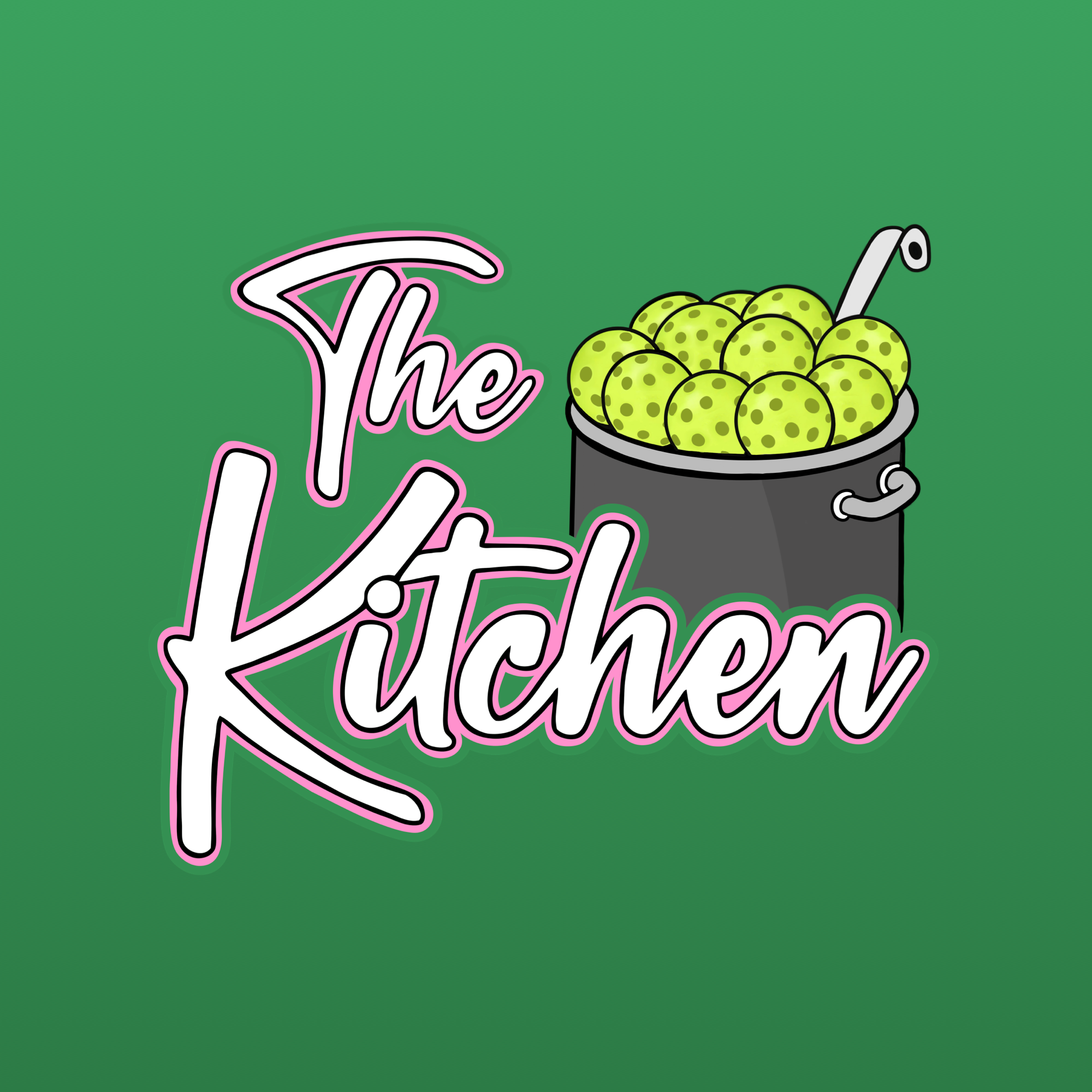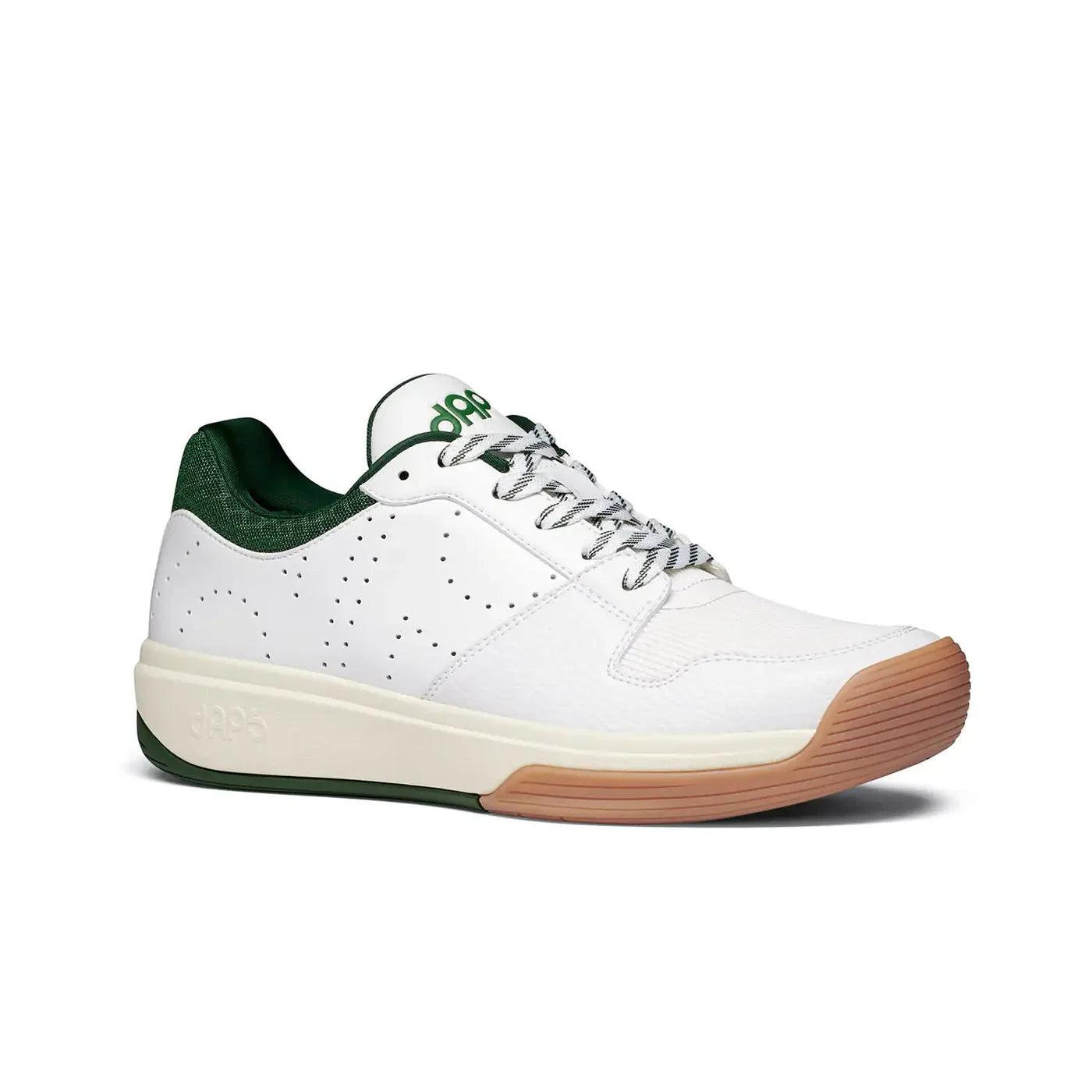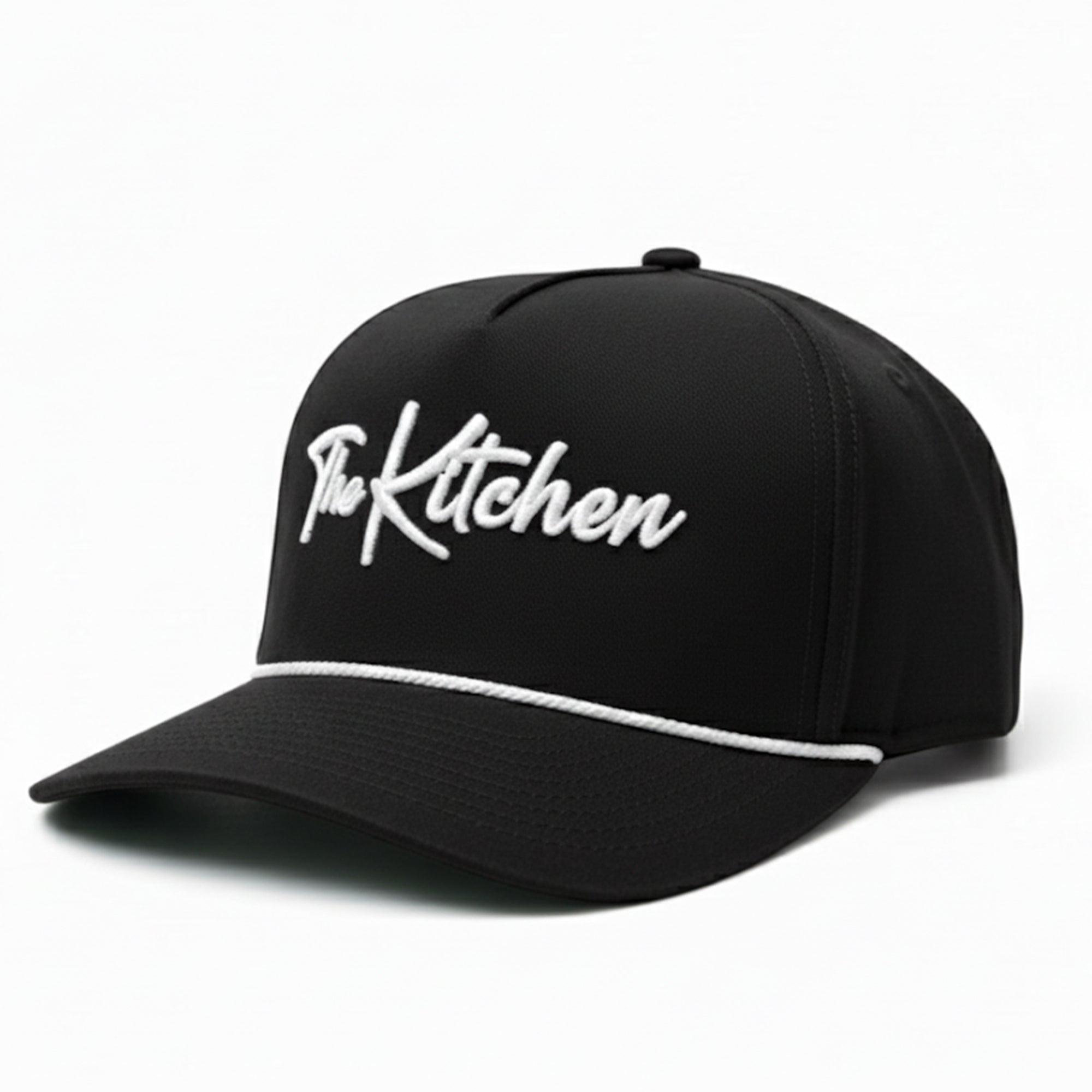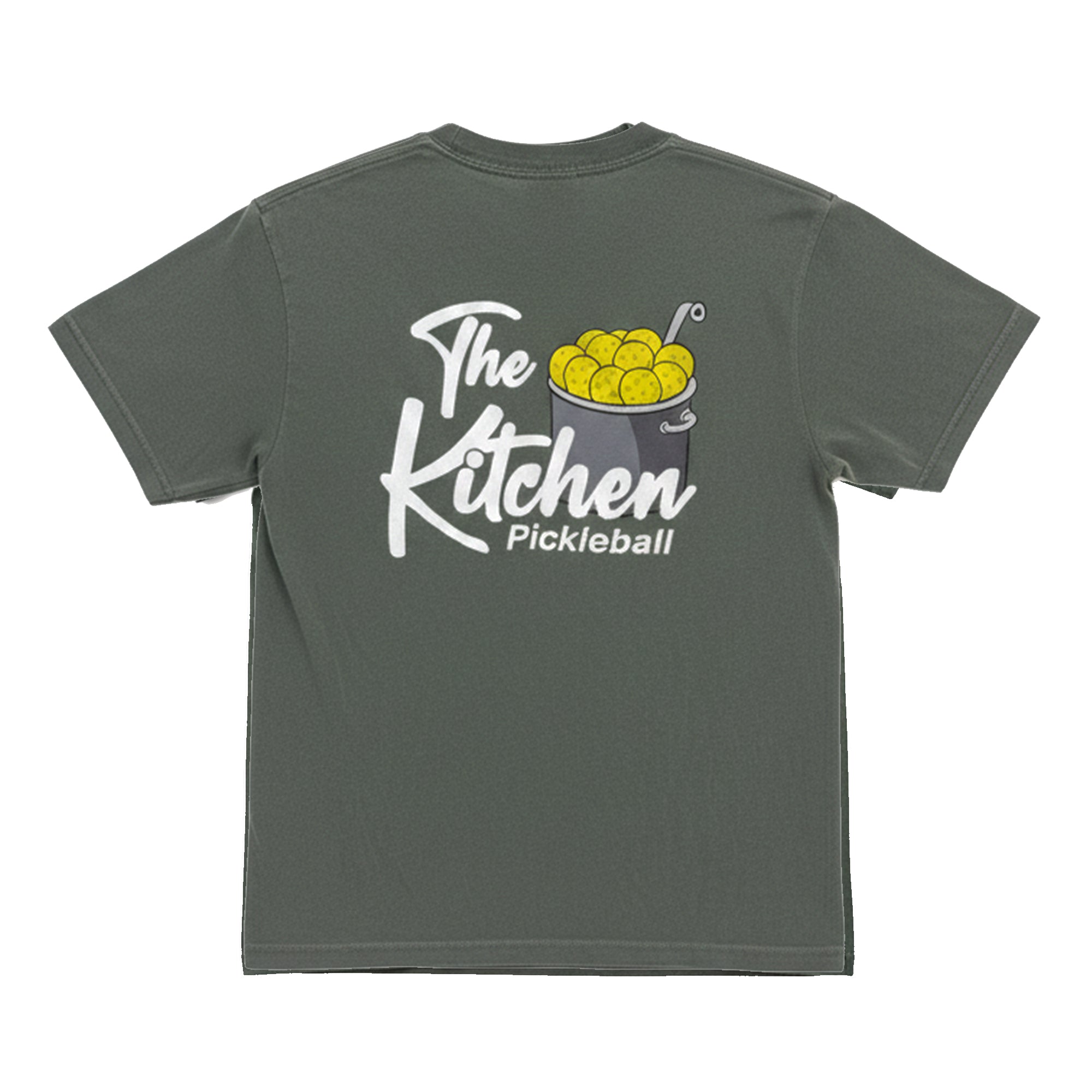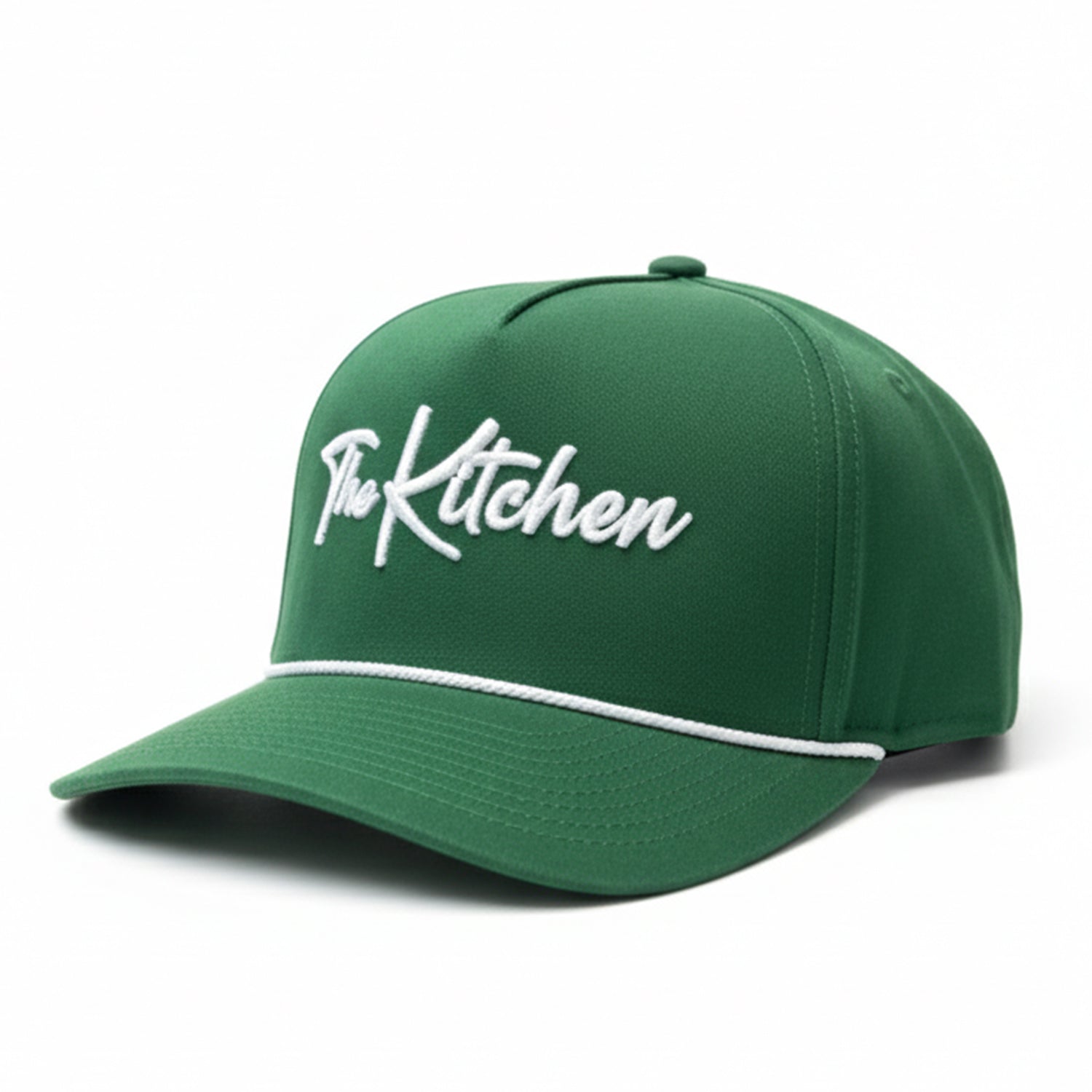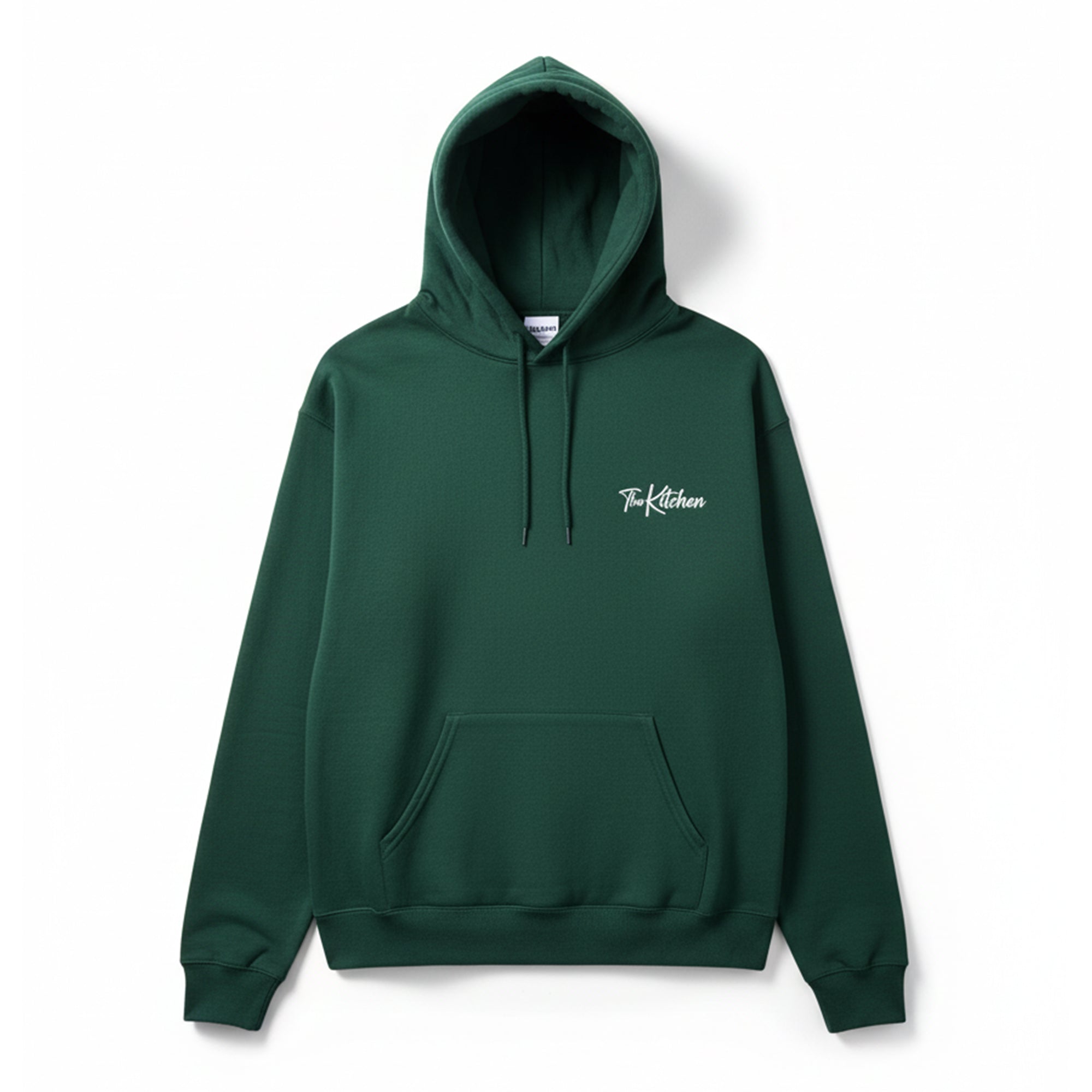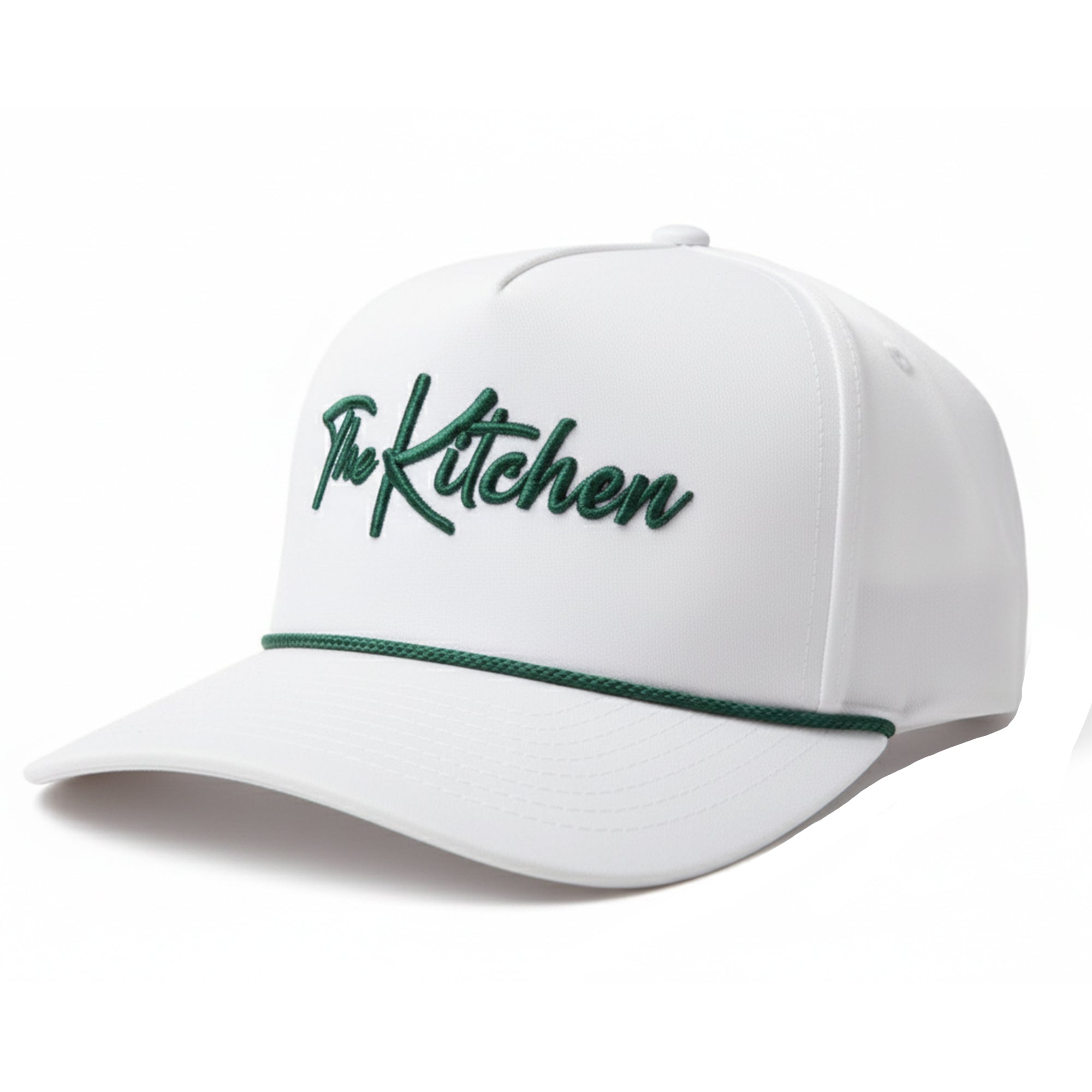Pickleball beginners: Stop doing these things ASAP
Last Edited
Jan 08 2025
Category
Instruction
Watching pickleball pros makes beginners want to whip out tweeners, go for ATPs, and start "strategizing" before they've even mastered the basics.
We're not here to tell you not to try. If you see an opportunity and it feels right, go for the shot you want. But if you want most of your games to help you learn & improve, flashy moves aren't the way to go, even if you have previous athletic experience.
Here’s a breakdown of rookie mistakes you need to stop making and what to do instead.
Slamming from the baseline & transition zone
Far too many beginners stay back and try to win points with aggressive drives - yes, we're calling you out, tennis players.
The kitchen line is where most points will be won because it's the area where you have the most opportunity to defend or attack shots. If you’re stuck at the baseline smashing balls, any opponent who knows how to use angles will pick you apart.
Related: Transition zone tips: What to do AFTER your 3rd or 5th shot in pickleball
Blasting the ball from the midcourt is also, generally, a bad idea. It gives your opponent ample time to react and often leaves you scrambling to recover.
Instead: Develop a reliable third-shot drop to advance to the kitchen. Drill this shot endlessly—it’s your ticket to better pickleball. Once you’re in position, then unleash your offensive game.
Flicking your wrist on speedups
Flicking your wrist for low-speed attacks looks cool but leads to inconsistent shots for most beginners. That's because the real flick shot isn't just about wrist movement.
It’s a skill that requires pinpoint control and a ridiculous number of reps. Without it, your speedups will either dive into the net or soar long, handing the rally to your opponent.
Instead: Master roll volleys first. Work on low-to-high swings to create topspin and control without over-relying on wrist flicks. Build consistency before adding flair & spin.
Trying heavy topspin dinks
The topspin dink dips aggressively into your opponent's court and may soon become the go-to dink option in most scenarios in upper level play.
But for beginners? It's a waste of time to try them until they learn standard sweeping dinks with their wrists locked.
With only 14 feet separating the kitchen lines, there’s minimal room for error. Most amateur attempts float too high or hit the net.
Instead: Keep your dinks flat and steady. Work on consistent placement before adding spin. Once you can land 50 dinks in a row consistently, then start worrying about adding finesse.
Letting the ball get behind you
Some pros, like JW Johnson, can reach back and save a ball with precision. You can’t.
Letting the ball get behind you leads to pop-ups or outright misses.
Instead: Hustle to keep the ball in front. Take an extra step back if needed, but prioritize positioning over lazy reaches.
Going between the legs (tweeners)
We know—you saw a jaw-dropping tweener on YouTube and thought, “Why not me?”
But tweeners require perfect timing and technique, and even then, most pros avoid them unless absolutely necessary. More likely, you’ll whiff, trip, or injure yourself.
The Fix: Skip the highlight-reel heroics. Focus on fundamental footwork and positioning to avoid needing a tweener in the first place.


